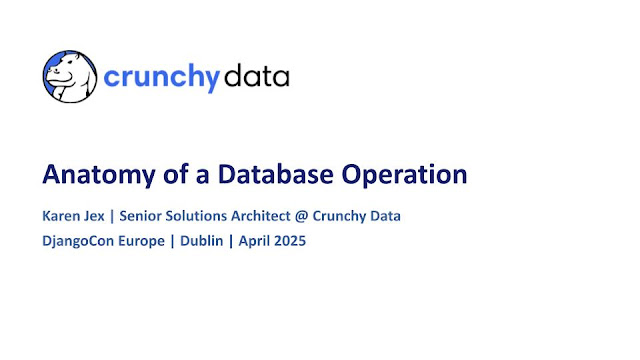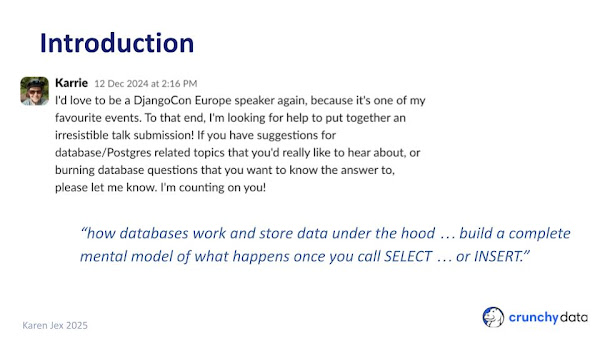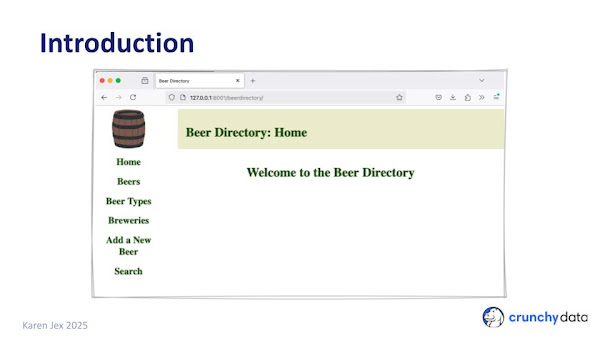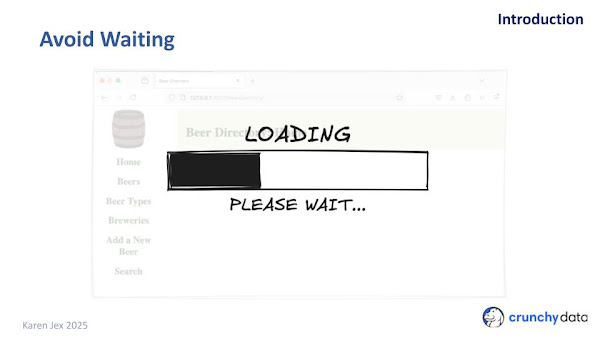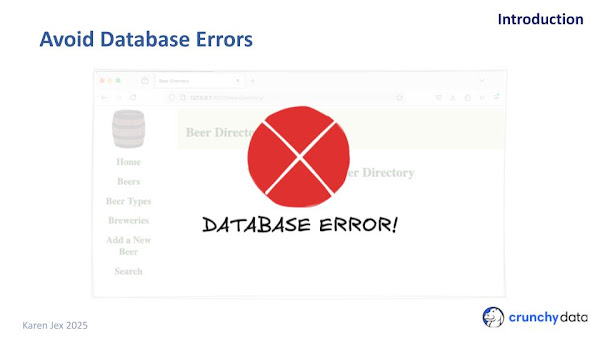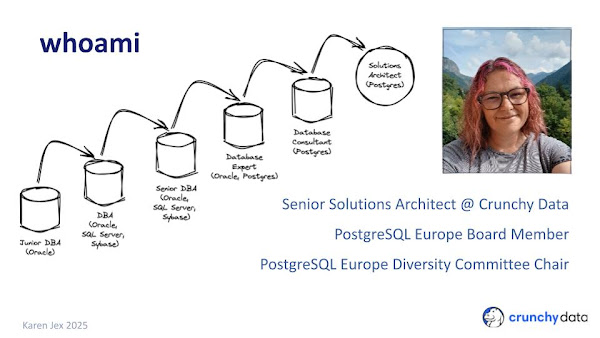
On April 23, we hosted the fourth of five (5) virtual Mini-Summits that lead up to the big one at the Postgres Development Conference (PGConf.dev), taking place May 13-16, in Montreál, Canada. Celeste Horgan, Developer Educator at Aiven, Sonia Valeja, PostgreSQL DBA at Percona, and Alexey Palazhchenko, CTO FerretDB, joined for a panel discussion moderated by Floor Drees.
Amd now, the transcripts of “The User POV” panel, by Floor Drees
Introduction
My name is Floor, I’m one of the organizers of these Extension Ecosystem Mini-Summits. Other organizers are also here:
- David Wheeler, Principal Architect at Tembo, maintainer of PGXN
- Yurii Rashkovskii, Omnigres
- Keith Fiske, Crunchy Data
- Floor Drees, Principal Program Manager at EDB, PostgreSQL CoCC member, PGDay Lowlands organizer
The stream and the closed captions available for the recording are supported by PGConf.Dev and their gold level sponsors, Google, AWS, Huawei, Microsoft, and EDB.
Next, and last in this series, on May 7 we’re gonna have Gabriele Bartolini talk to us about Extension Management in CloudNativePG. Definitely make sure you head over to the Meetup page, if you haven’t already, and RSVP for that one!
The User POV
Floor: For the penultimate edition of this series, we’re inviting a couple of Postgres extension and tooling users to talk about how they pick and choose projects that they want to use, how they do their due diligence and, their experience with running extensions.
But I just wanted to set the context for the meeting today. We thought that being in the depth of it all, if you’re an extension developer, you kind of lose the perspective of what it’s like to use extensions and other auxiliary tooling. You lose that user’s point of view. But users, maybe they’re
